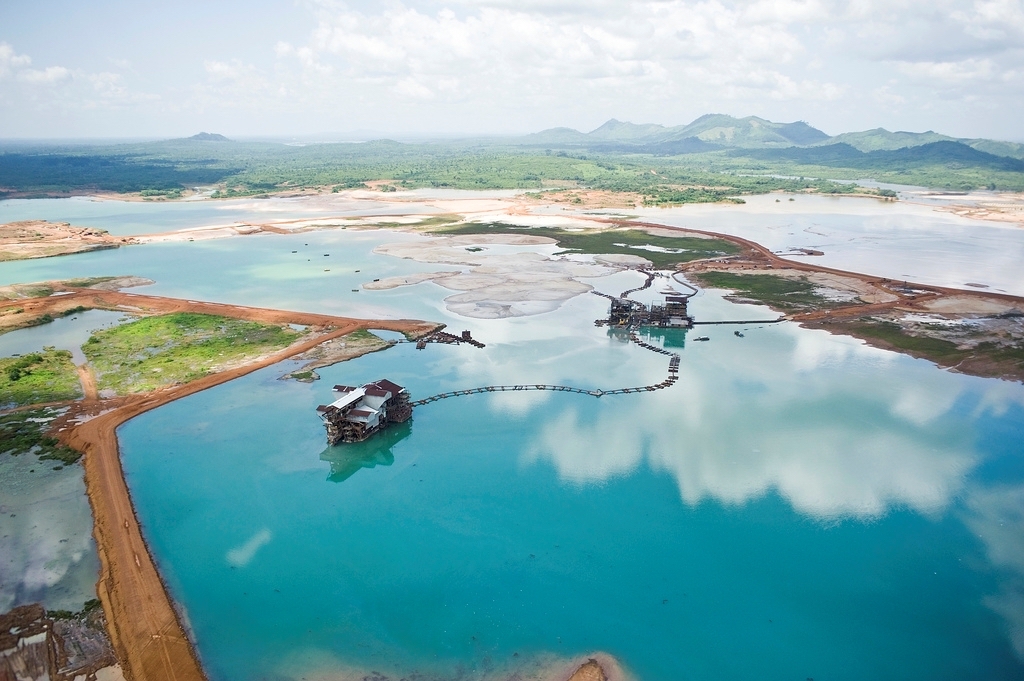Capacity and Resource Base
Identifying and closing gaps between existing resources and anticipated environment related emergency response needs

Identifying and closing gaps between existing resources and anticipated environment related emergency response needs
It is important to identify and close gaps between existing resources and anticipated emergency response needs. In preparedness, this entails an assessment of the current disaster risk management system and its available resources as well as capacities. This can reveal hidden assets and resources or major deficiencies that need to be addressed. Including environmental resources and capacities in this assessment will provide for a more complete picture of available resources and needs.
Any capacity and resource assessment should consider whether available personnel, equipment and supplies are sufficient to deal with environmental damages and reduce environmental risks. Emergency response personnel might have to be trained and additional expertise or equipment might be necessary to perform environmental assessments, response or recovery, such as clean ups. The resource assessment should also include a screening of the environmental impacts of certain response resources. For instance, to what extent can emergency response vehicles, supplies or equipment damage the environment, and how can such damage be mitigated? The assessment should also look at capacities of environmental actors like relevant Ministries or NGOs, and outline how capacities can be strengthened to allow such actors to meaningfully participate in the emergency response and recovery process.
Moreover, systems for mobilizing and allocating funds should include mechanisms aimed at supporting response actors to reduce negative environmental impacts. Providing the necessary funding for environmental action ensures that actors are able to actively uphold a certain environmental standard. In this respect, it is crucial to include environmental requirements into humanitarian and response funding mechanisms (see Hauer, 20171).
Understanding the current and potential future environmental conditions of a region is essential for an efficient and sustainable response
Risk analysis provides a common understanding and prioritization of risks, and should include existing environmental conditions and threats
Addressing environment as part of preparedness planning lays the foundation for its integration into humanitarian action.
Communicating risks effectively to populations and communities is essential for people to be able to be better prepared and to reduce the damaging impacts of hazards.
Policies supported by institutional frameworks and legal arrangements make up the disaster risk management framework. In order to systematically integrate environmental concerns in humanitarian action, one must consider the institutional arrangements governing disaster preparedness, response, recovery and emergency funding.




